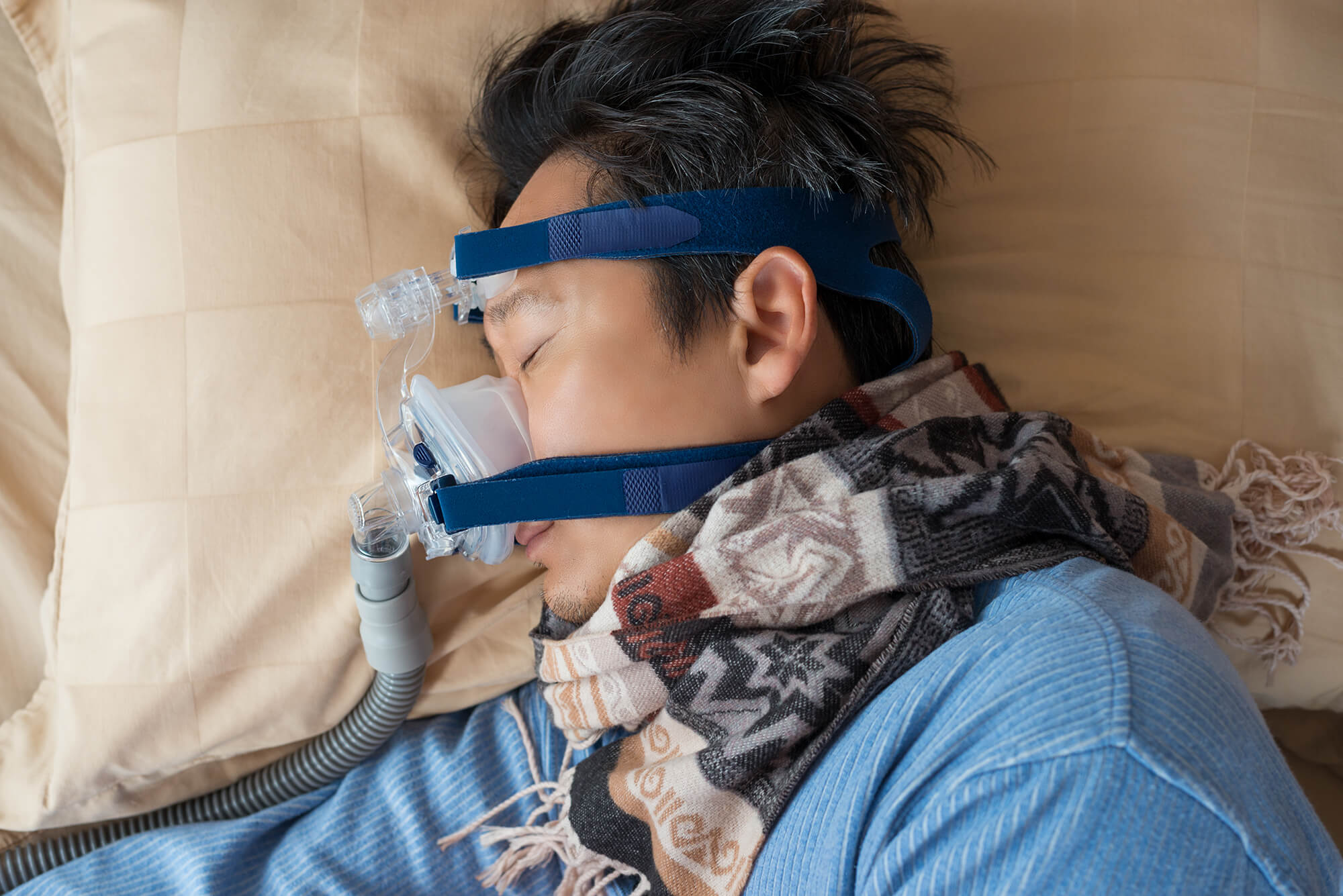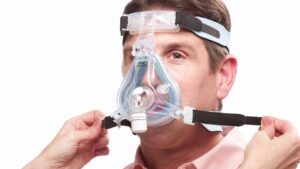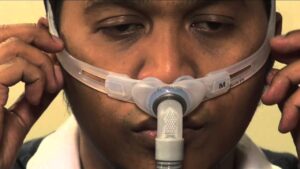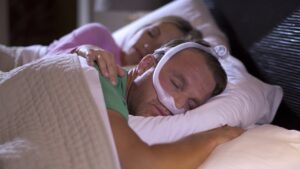Patients who have been diagnosed with obstructive sleep apnea (OSA) may feel overwhelmed and scared. To be perfectly honest, the shift into long-term sleep treatment will be difficult. Many patients fail to sustain their sleep treatment on their first or even second attempt.
Using a face mask with compressed air may be uncomfortable at first and may take some getting used to. Every patient is unique, and the time required for adjustment varies. Our staff has discovered that it usually takes our patients two to six weeks to completely enjoy using their CPAP machine.
What’s the point of obtaining a consultation, undergoing a sleep study, looking cpap machines for sale, and then terminating your therapy after a few difficult nights? When patients fall into this cycle, they put their long-term health at risk.
How Many Hours Should CPAP Be Used Per Night?
CPAP therapy has been shown to be the most effective treatment for sleep apnea. Its effects, however, are closely connected to treatment adherence. Patients who use their equipment on a daily basis usually experience life-changing changes in their sleep quality. Controlling your sleep apnea can also enhance your general health, but you must continue to use it to reap these benefits.
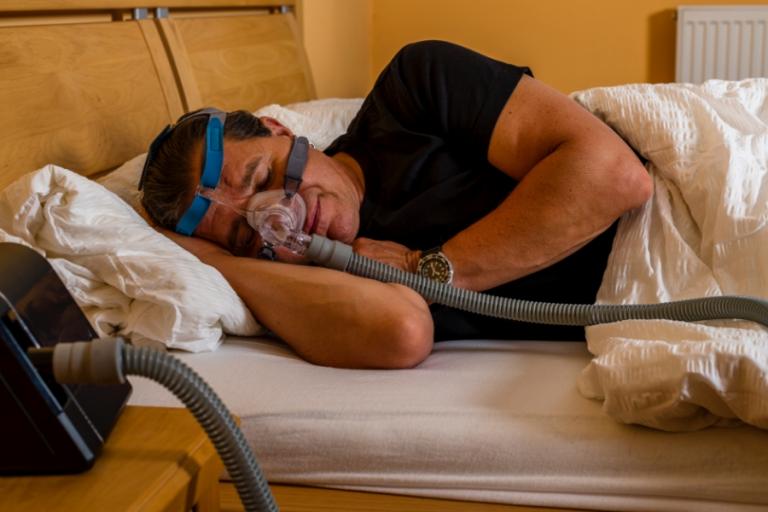
If you’re thinking, “How many hours per night should CPAP be used?” the answer is, ideally, for the whole night while you sleep. CPAP compliance assesses how many hours and nights you use your therapy and if you use it frequently enough to get successful treatment. Noncompliance, on the other hand, indicates that you do not use your machine as frequently or for as long as you should when sleeping.
According to studies, people who use their machines for longer periods of time each night have less daily tiredness and sadness, as well as fewer cardiac problems than those who use them for shorter periods of time. According to research, at least six hours of usage is required to lessen the health hazards linked to OSA.
Why is CPAP compliance so critical?
CPAP compliance is typically described as using the CPAP machine for at least four hours each night and on at least 70% of nights. It may appear to be a simple requirement to satisfy, but keep in mind that CPAP therapy is difficult, and even long-term users experience difficulties.
At the start of their CPAP adventure, virtually all patients may relate to a few typical CPAP therapy issues.
Anxiety, claustrophobia, fitting equipment, dry mouth, air leakage, and skin irritations are among the difficulties. Each issue has the potential to lead a patient to discontinue therapy.
Here are some essential CPAP compliance suggestions to help you succeed:
Inspect Your Tools
Some machines offer a RAMP function that allows customers to begin the night at a lower pressure and gradually increase to the recommended pressure once they have fallen asleep.
Respironics machines include a function called CFLEX, while ResMed machines have a feature called EPR, which allows users to have a lower exhale pressure and the appropriate inhale pressure.
These extra features can sometimes assist new users in adjusting to their CPAP mask and pressure. You can disable these extra functionalities once you’ve converted to utilising your machine to fulfil compliance.
Educate Yourself
We cannot overstate how important it is to educate yourself as a beginning CPAP user. Talk to your sleep medicine provider, look for independent information sources, study the instructions that came with your machine, and ask questions as they arise.
All of these methods can help you become a more knowledgeable CPAP user. Knowing your health concerns and how inadequate sleep affects your overall health might help you stay focused on using your CPAP machine.
Start slowly.
Starting slowly is quite OK, and we suggest it. Use your mask during a nap or whenever you are fatigued. We propose that you begin by using your mask when you are sleepy, taking a mid-day nap, or relaxing while lying down. You’ll begin to teach yourself to feel at ease and calm while wearing your pressurised air mask.
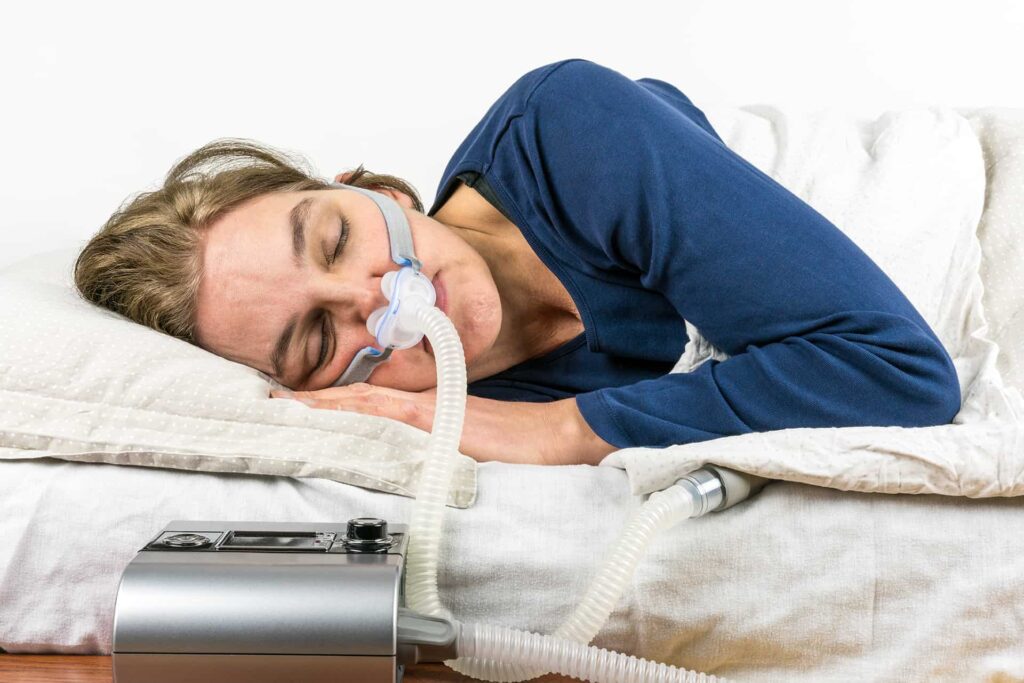
Home Treatments
Try home treatments to alleviate OSA symptoms. Losing weight, quitting smoking and drinking alcohol, addressing acid reflux, and altering your sleeping posture are all-natural strategies to alleviate some of the symptoms of OSA. These may not work for everyone, but they surely won’t hurt.
Maintain a Record of Your Progress
It may appear strange to some, but documenting your genuine progress and adjustments allows your sleep medicine physician to make additional modifications, provide advice, and assist you in your success. Setting clear goals and specific strategies to achieve those goals will help you stay on track with your CPAP therapy.
Consider using a humidifier.
Dry lips, dry eyes, or a dry nose are all symptoms of dehydration. If you haven’t encountered dryness as a result of your CPAP machine, that’s fantastic. However, if you have, you know how much suffering the dryness creates.
A humidifier can instantly solve the problem with minimal human effort. Many computers include built-in humidifiers and settings that change automatically to your preferences.
Find a Support Group
There are several social media groups and communities of individuals who can connect to what you are going through. Find such individuals and get their comments.
Stick to a Sleep Schedule
Include CPAP in your evening routine. It is critical to maintain your sleep regimen while adjusting to using your CPAP machine.
Again, this assists in training your mind and body that it is time for bed and that CPAP is a necessary aspect of sleeping. Finding a nice rhythm may be challenging, and it is OK to modify your routine to make it work better for you.
Relaxation Techniques
While adapting to your CPAP machine, try several relaxation techniques. Mindful meditation, breathing exercises, making noises, counting, and any other quiet activities are all choices to help you acclimate to the arduous process of wearing your CPAP.
Speak with a Sleep Specialist
Hold your sleep provider accountable for following up with you. A competent sleep clinic will keep in touch with you throughout your transition, but they should be more present when you initially start your sleep journey. If they haven’t contacted you, call them or look for another sleep clinic.
Last Thoughts
Even if this isn’t your first time using your CPAP machine, these recommendations will help you become accustomed to it. You’ll be astonished at what a few modest changes to your sleeping habits may accomplish for your overall health. Finding the correct combination of habits and tactics might spell the difference between effective and unsuccessful CPAP use.
Air Liquide Healthcare is here to assist you with all of the difficulties associated with being diagnosed and adapting to using your CPAP equipment. If you have any concerns about these suggestions or are still having problems with your equipment, please contact us or click the link.

